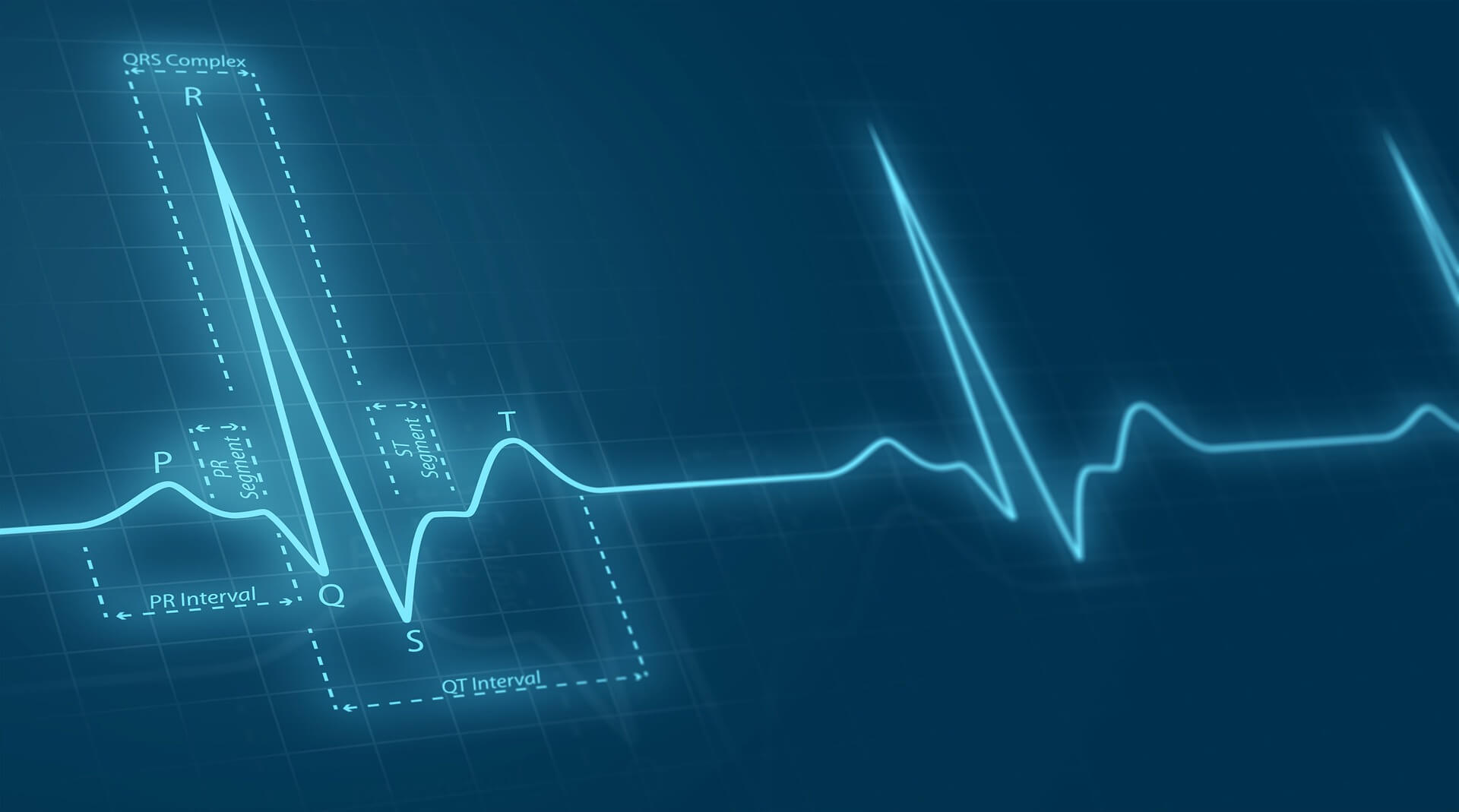Technology transfer agreement with Pfizer pharmaceutical company to improve currently used methods for identification of cardio-toxic drug compounds during the development process.
Technology transfer agreement with AstraZeneca pharmaceutical company to help in the design and screening of new multi-channel action anti-atrial fibrillation drugs.


